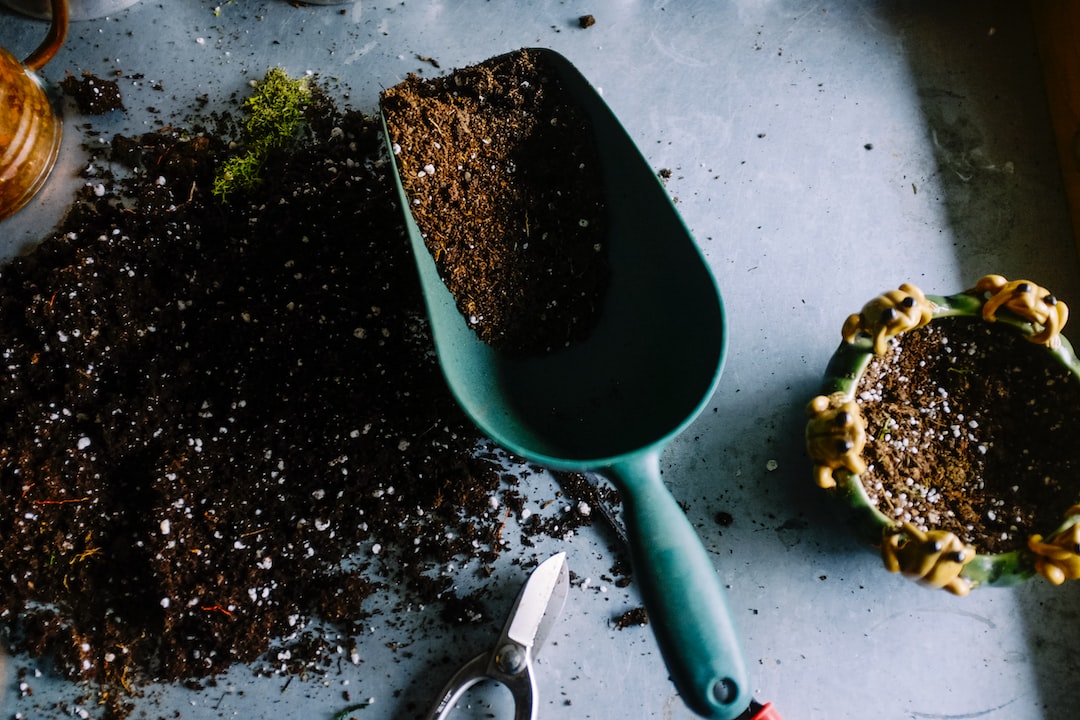Conquering the Challenges of Gardening in Urban Spaces
Gardening has long been associated with wide-open country fields and spacious suburban gardens. However, with the increase in urbanization, more and more people are turning to gardening in limited spaces. Urban gardening comes with its own set of challenges, but with a little creativity and planning, these obstacles can be overcome, and urban dwellers can create beautiful and productive gardens right in the heart of the city.
One of the primary challenges of urban gardening is the limited space available. Many urban homes lack large backyards or even a balcony, leaving little room for traditional gardening methods. However, this shouldn’t discourage you. Urban gardeners have found innovative ways to make the most of the space they have, even in the smallest of areas.
Vertical gardening is a technique that has gained popularity among urban gardeners. By utilizing walls, fences, and trellises, plants can be grown vertically, maximizing the use of space. Hanging baskets and wall-mounted planters are excellent options for growing herbs, flowers, or small vegetables. Additionally, vertical gardening is not only functional but can also add an aesthetic appeal to urban landscapes, transforming plain walls into vibrant living works of art.
Another challenge faced by urban gardeners is the lack of natural sunlight. Buildings, tall trees, and other structures can cast shadows over gardens, reducing the hours of sunlight plants need to thrive. To overcome this challenge, gardeners can choose plants that can grow in partial shade or invest in grow lights to supplement natural light.
Limited access to water is yet another hurdle for urban gardeners. With no large lawn to water, it can be challenging to find a suitable water source or conserve water effectively. However, there are several water-efficient techniques that can be employed. Installing rain barrels to collect rainwater from rooftops is an excellent way to ensure a ready supply of water. Additionally, drip irrigation systems can be set up to deliver water directly to the plants’ roots, reducing water waste.
Urban gardening often comes with the additional challenges of pollution and contaminated soil. City air can be filled with pollutants, and soil in urban areas may be contaminated with chemicals or heavy metals. To overcome this, it is wise to invest in high-quality soil and regularly test for contaminants. Raised beds or container gardening can also alleviate concerns about contaminated soil, as fresh soil can be used.
Lastly, a common challenge for urban gardeners is maintaining privacy. Living in close proximity to neighbors can make it difficult for gardeners to enjoy their green spaces without feeling exposed. Planting tall hedges, strategically placed shrubs, or installing privacy screens can help create a secluded and tranquil oasis within the bustling city.
Gardening in urban spaces may pose various challenges, but the rewards are abundant. Not only does it enhance the aesthetic appeal of urban environments, but it also contributes to improved air quality, promotes biodiversity, and provides a source of fresh produce for those willing to put in the effort. With a little creativity, planning, and determination, anyone can conquer the challenges of urban gardening and create an urban oasis that brings beauty, productivity, and a sense of calm to their city lives.

